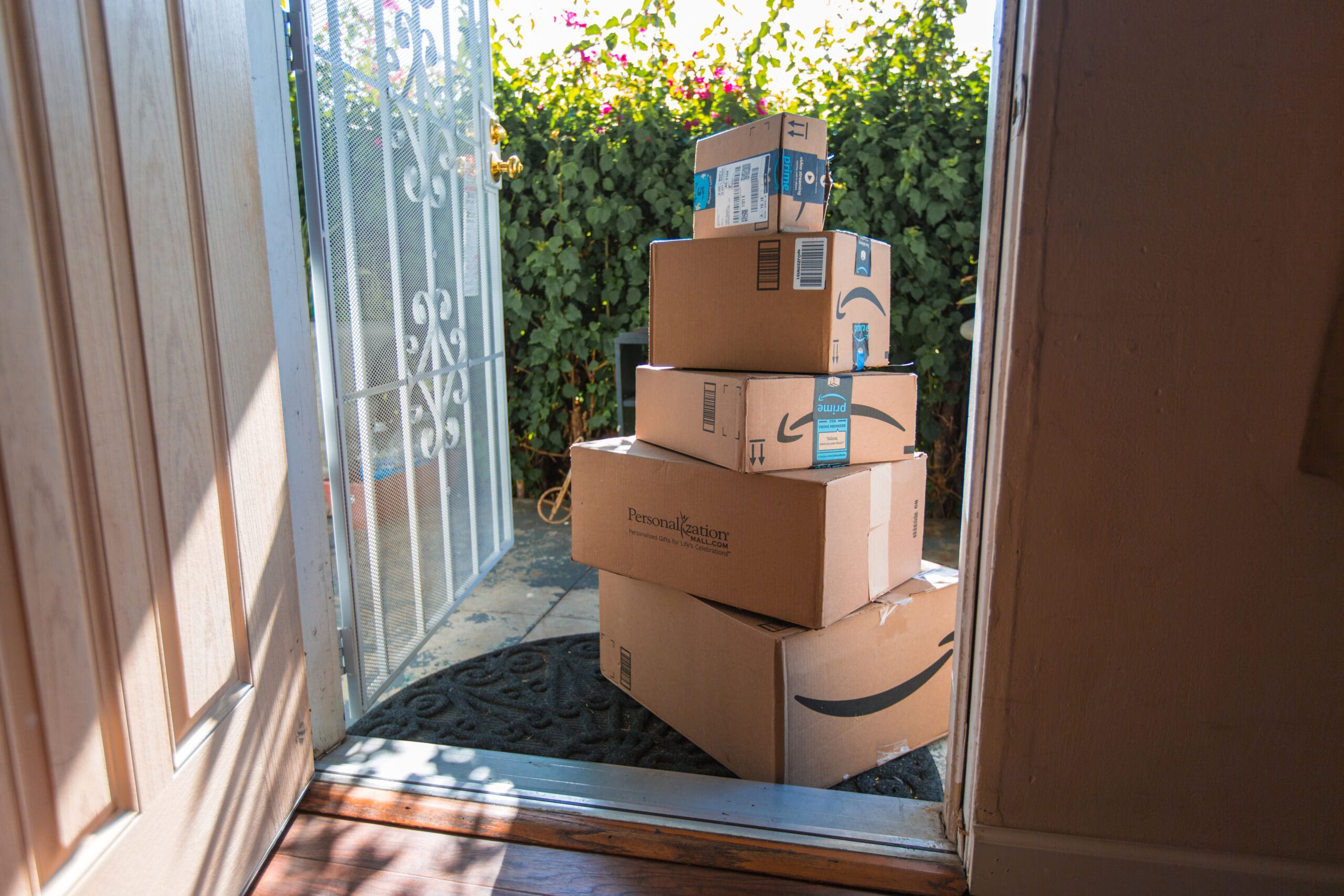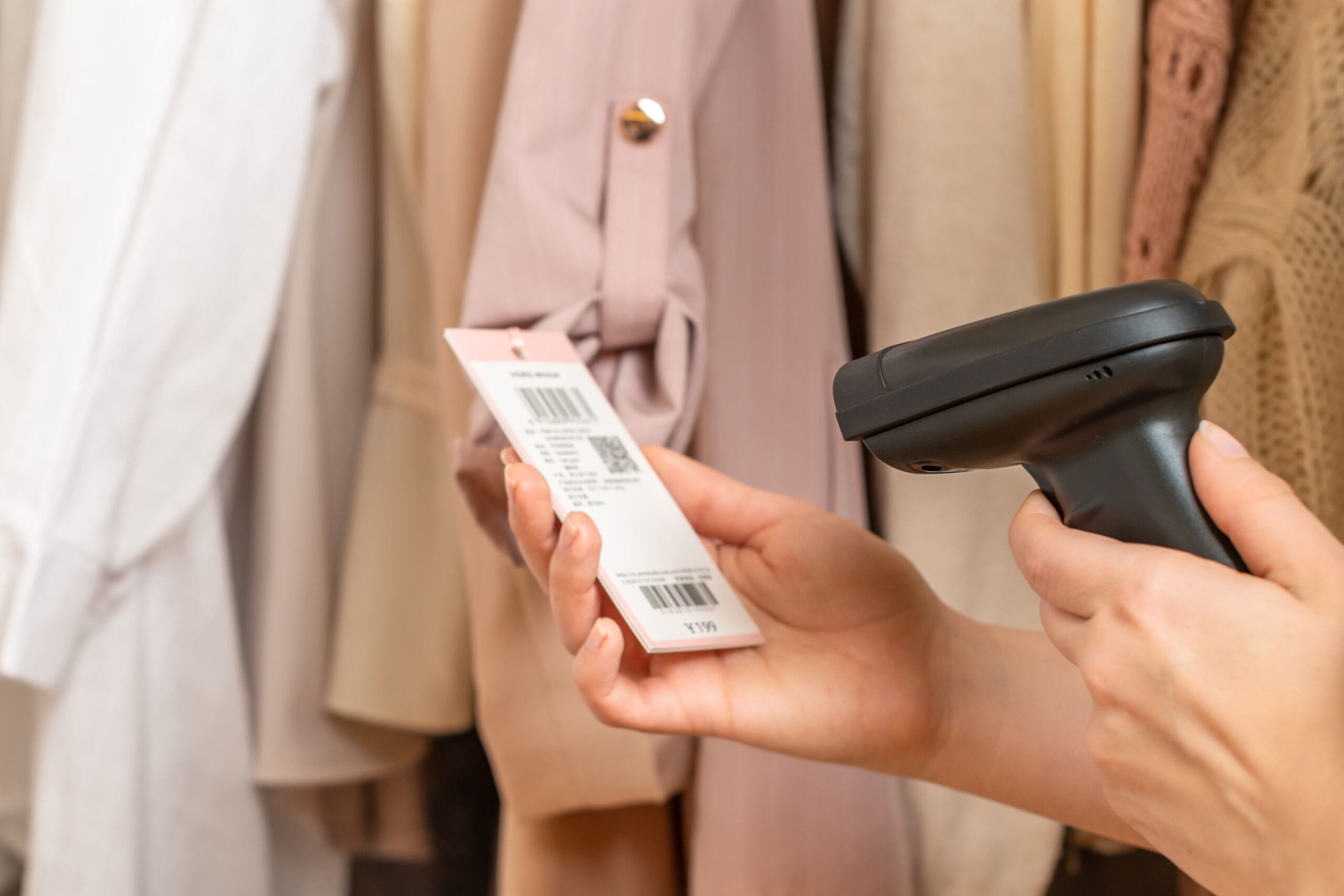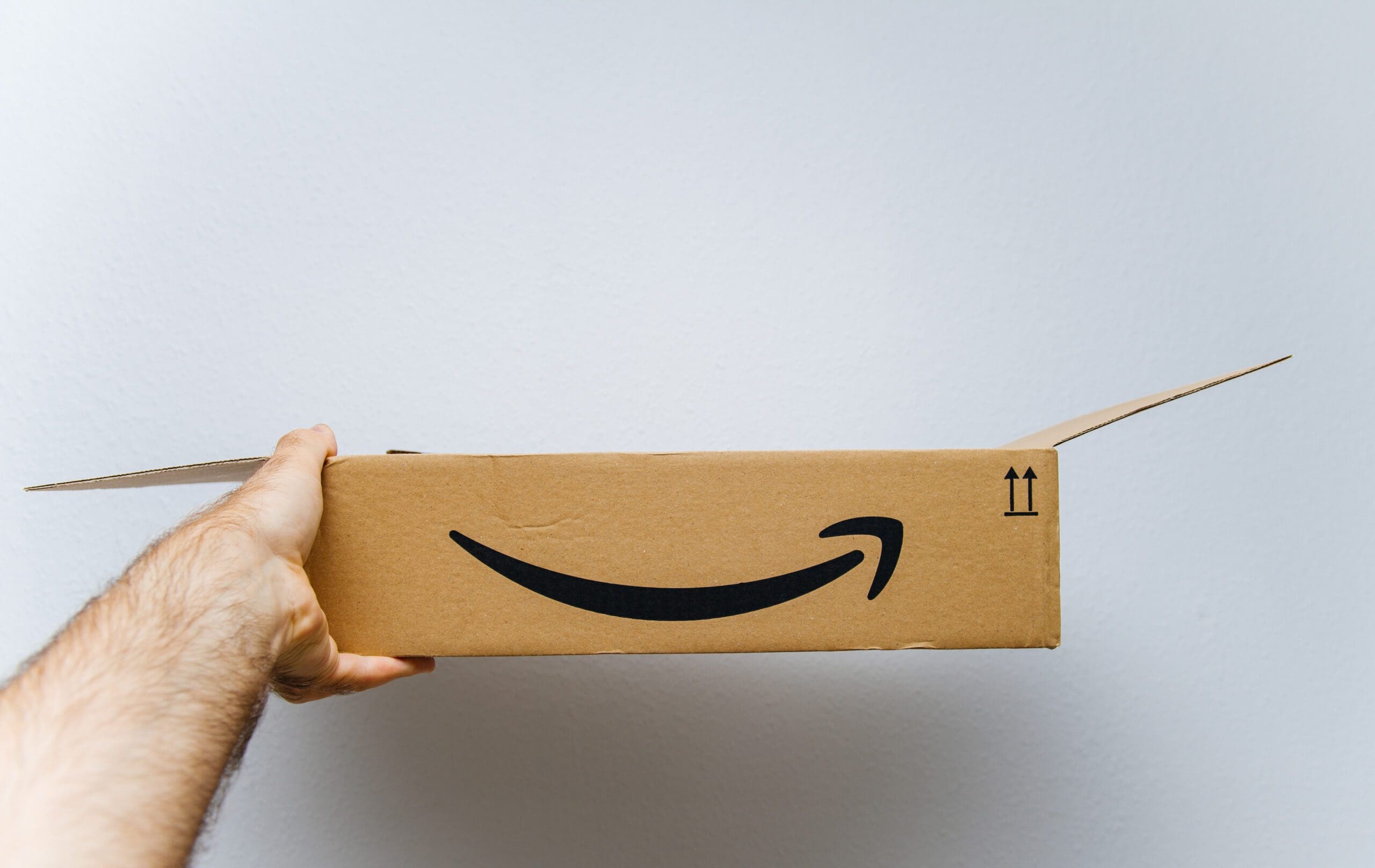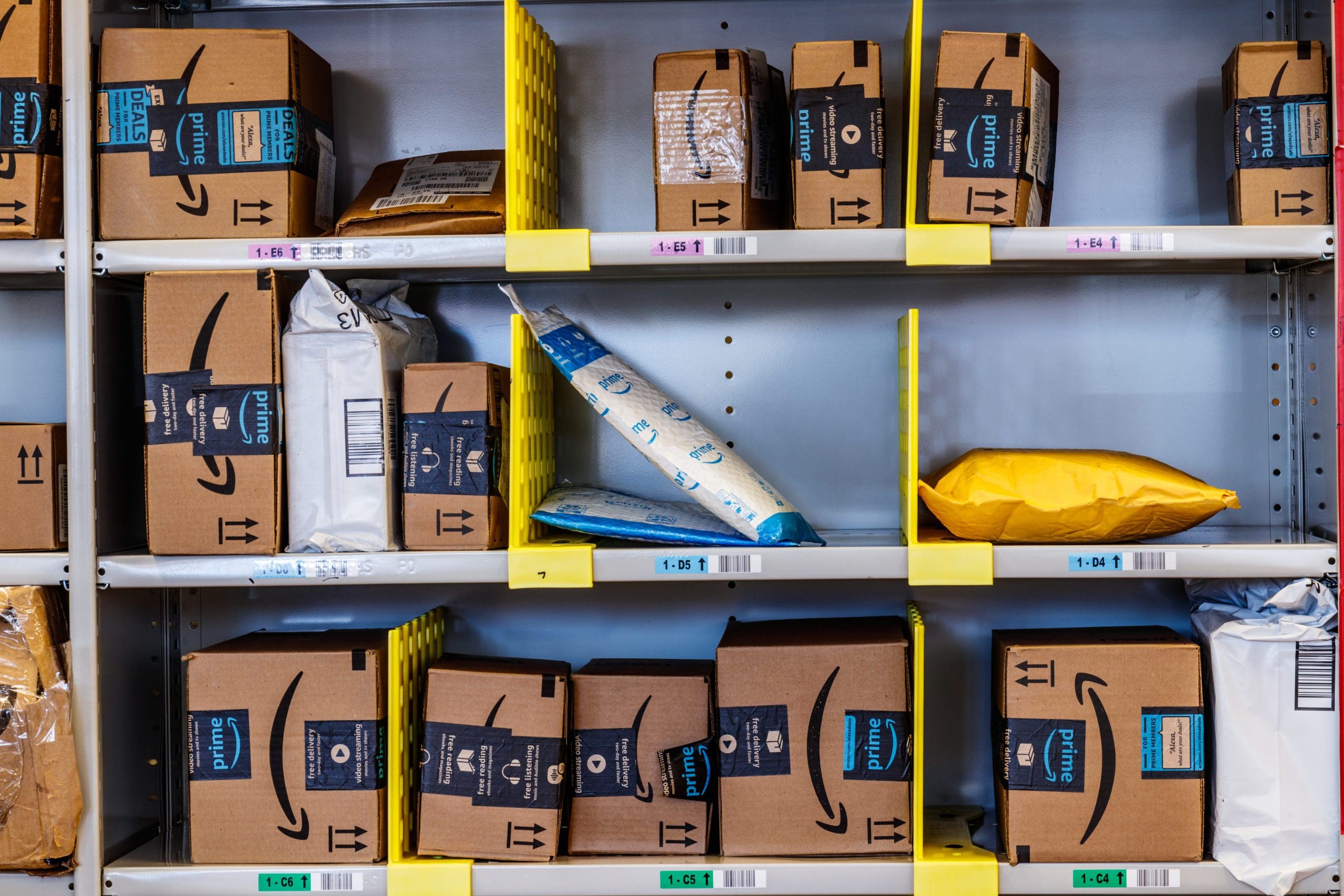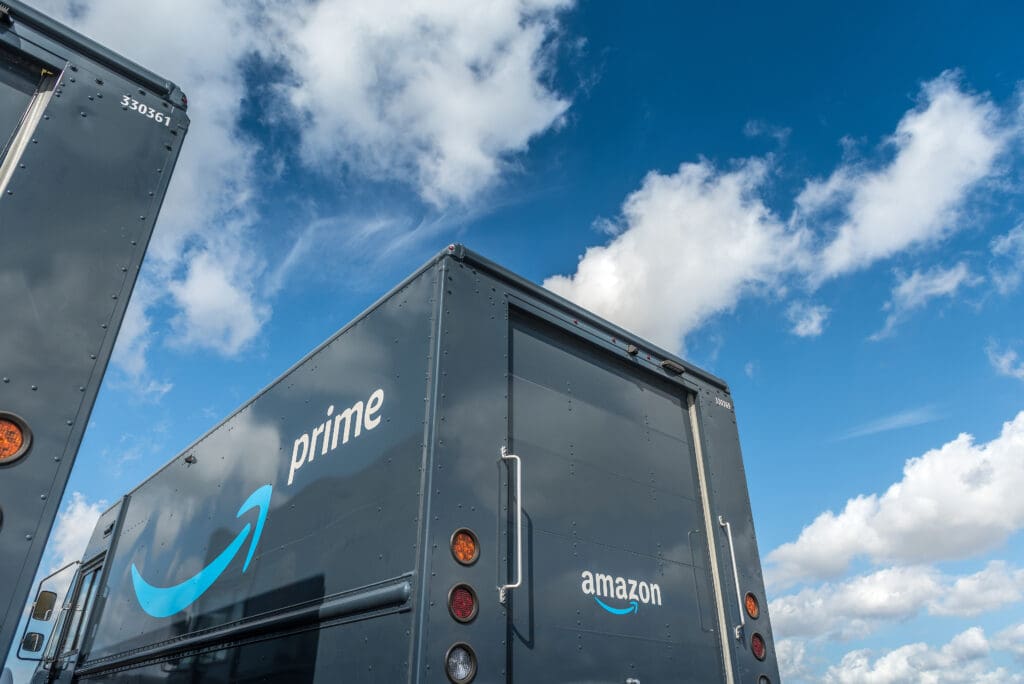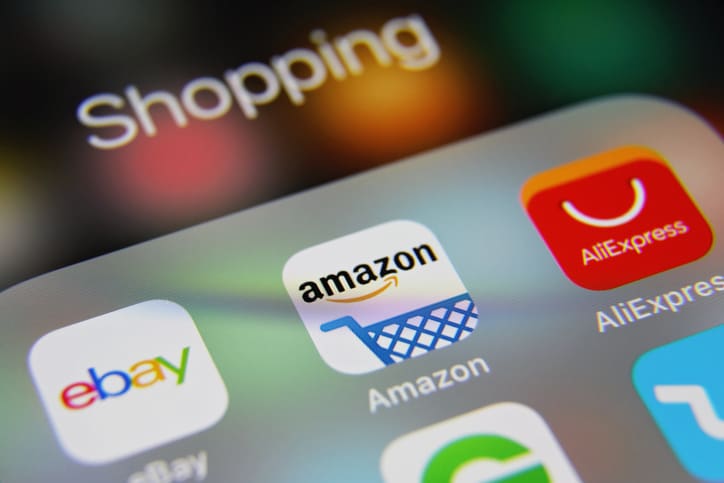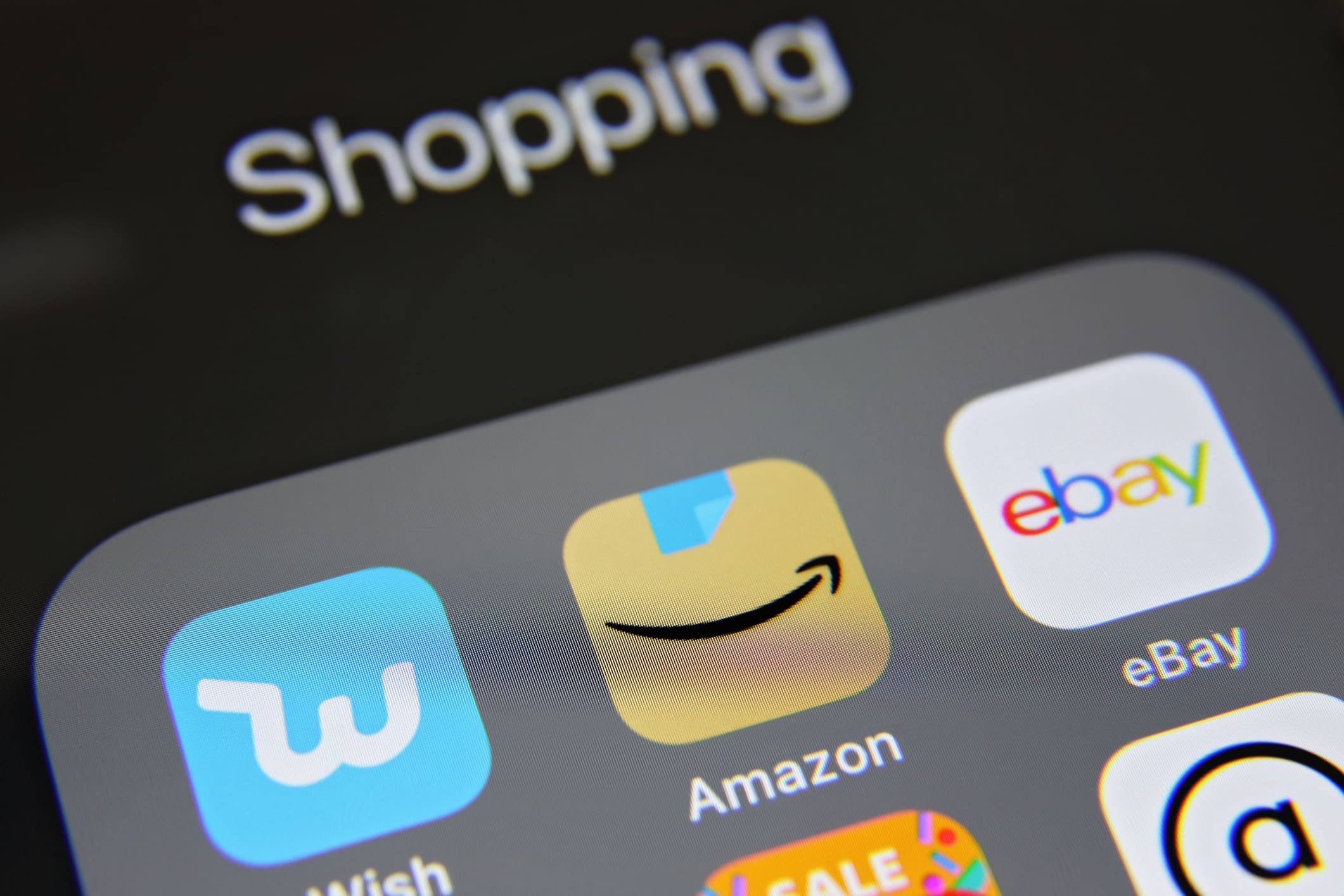The most successful Amazon sellers have started with various investments. What will drive sales is having the right product for the right price. Once you’ve figured out what sells, you’ll need Amazon business money to create your own success. So, how much money will you need? Where can you get money to start an Amazon business?
How much does it cost to start an Amazon business?
Using the power of amazon to start a business and sell your products to a global market is an incredible way to generate revenue and make a profit. There are new Amazon businesses being created every day selling and/or dropshipping a variety of consumer products. Some successful Amazon sellers started with as little as $500 while others started with over $10,000. Startup costs will depend on a variety of factors such as your product cost, fulfillment, office space, and so forth. Some Amazon sellers start their business from home and quickly grow into a warehouse. Before stocking up on inventory, be sure to do some trial and error to find what will be the most profitable. There are several tools that can help you identify Amazon opportunities in terms of what is selling and what is not. If you’re looking to start your own Amazon business, there are some costs that you will need to consider while you are brainstorming your business idea.
Here is a quick breakdown of some of those costs.
- Inventory costs: Inventory can eat up a large portion of your investment cash when first starting an Amazon business. It’s important to do your research to identify products that have the best chances of selling. It also may be a good idea when first starting out to invest a smaller amount of a few different products to experiment on which products are more likely to sell the quickest. Another important thing to consider when it comes to inventory costs is the cost of storage. Unless you have enough space in your garage, you are going to need to find a space where you can securely store all of your inventory while it waits to ship out to customers. Amazon does offer fulfillment and storage services, but they are not free. If you’re strapped for cash but have some established sales, you can turn to Kickfurther for Amazon inventory funding options. We will cover more detail later on.
- Product photography: Selling on Amazon requires high-quality images. Some consumers may already be hesitant about purchasing a product online before they have had a chance to see it in person. Paying a professional photographer to take high-quality images of your products is instrumental to driving online sales. It is worth the investment.
- Advertising: You will want to devote some of your investment funds to advertising when you are first getting your Amazon business up and running. You can advertise directly through Amazon which is highly recommended. However, you may not want to stop there. You are going to want to place direct links to your Amazon store or Amazon product pages on social media platforms, and third-party websites, invest in targeted SEO campaigns, and team up with affiliate site creators.
- Supplies: If you’re planning on shipping out your Amazon orders yourself, you are going to need to invest in packaging supplies. You are going to need a variety of boxes of different sizes, packing tape, packing materials to protect your products during transit, shipping labels, and more. You can also decide to pay someone to act as your drop shipper for a percentage of each sale. They can store your inventory, pack your orders, and ship your products in exchange for a fee.
- Shipping costs: Shipping is another cost you are going to need to take into account if you are shipping your products from your own location. However, much of the cost of shipping can be passed along to the customer unless you are looking to offer free shipping as an incentive to drive sales. If that is the case, then your shipping costs will eat into your profit margin. If you opt to use FBA you can offset some of the labor and supplies associated with shipping. FBA services are not free though so consider the cost.
What items impact the cost of selling on Amazon?
There are two main ways that Amazon businesses sell on Amazon. You can either be a Fulfilled by Amazon (FBA) business or a Fulfilled by Merchant (FBM) business. There are both advantages and disadvantages, including fees, either way.
Here is a quick breakdown of some of the additional costs of selling on Amazon.
- Subscription fees: Amazon most likely will charge you a monthly subscription fee to host your business on their platform. If you are selling more than 40 items per month on the platform, Amazon may charge you a monthly subscription fee of $39.99. If you sell less than 40 items per month, then Amazon may only charge you 99 cents per item sold.
- FBA fees: FBA has some major upsides. With FBA, you simply ship your products to different Amazon warehouses located throughout the country, and Amazon will process your orders and ship your products on your behalf. However, for this service, Amazon will charge you fees. One of the main fees you will incur is storage fees. Additionally, if any of your products end up not selling and they remain in an Amazon warehouse for more than a year, Amazon can begin to charge you even more.
- FBM fees: FBM is what Amazon businesses do when they plan to store and ship their own products. The fees are much less and can mostly be covered by the monthly subscription fee, however, then you will be responsible for covering your own shipping and storage costs as well as the cost of packing materials.
- Customer return fees: Any time a customer elects to return an order, whether it is through FBA or FBM, you are likely to incur additional charges as well as refund the customer.
Tips for saving money when starting an Amazon business
No matter what kind of Amazon business you decide to open and no matter what kind of products you decide to sell, you’re going to need some upfront investment capital to get started. On top of that, you’re going to want to ensure you have a steady monthly revenue stream from your business to help cover operating costs and future investments in inventory and advertising.
When you first start out, you are also going to want to find as many ways as you can to help save money and reduce costs.
Here are some of those ways that other Amazon businesses have found effective for saving money.
- Get an Amazon Professional Seller account: Even if you do not know how many sales you will be doing each month on Amazon when you first start out, it may be a good idea to just go for the Amazon Professional Seller Account right away. For $39.99 per month, you can have unlimited listings, an unlimited number of sales, as well as access to other features that can save you money long term.
- Choose a product(s) that will sell: During the brainstorming phase of your new Amazon business, it’s important to do diligent research to identify products that have a good chance of selling and that may have less competition than others. You will want products that can move quickly to avoid paying additional fees on top of storage and shipping costs.
- Choose a smaller product: If you can, choosing a smaller product can help you keep packaging and shipping costs to a minimum. Larger products, although often can be listed at higher prices, also come with higher shipping costs and it is more expensive to package them. On top of that, larger products have a higher chance of becoming damaged while in transit.
- Negotiate shipping costs: If you’re planning to ship out a larger number of products each month, by choosing to work directly with one carrier, you can negotiate discounted shipping rates that you can pass on to your customers or add to your profit margin. Working directly with a USPS, UPS, or FedEx account manager is an excellent way to use your proven and anticipated volume to lock in below-market shipping rates.
- Consider inventory financing: By using inventory financing, you can get access to short-term loans or a revolving line of credit that you can use to purchase the inventory you need for your new Amazon business. To secure the loan, often the inventory purchased is used as collateral. Inventory financing is a great way to invest in your business while maintaining a higher level of working capital.
How Kickfurther can help
Selling on Amazon is all about having the inventory to sell, and at a lower price than your competitor. As your business grows, it may be hard to keep up with inventory demand. Amazon sellers often use inventory funding, but it can be expensive. Luckily, with Kickfurther you can get the funds you need without the hassle or unnecessary markups.
Kickfurther is the world’s first online inventory funding platform that enables small businesses to access funds that they are unable to acquire through traditional sources. For companies that sell physical products or non-perishable consumables and have revenue between $150k to $15mm over the last 12 months, Kickfurther can help. We connect brands to a community of backers who help fund inventory on consignment and give brands flexibility to pay that back as they receive cash from sales.
Kickfurther can help startups and small businesses fund millions of dollars of inventory at costs up to 30% lower cost than the competition. With more than $100 million in inventory funded to date, Kickfurther can help you get funded within a day or even minutes to hours.
Closing thoughts
The first step toward being a successful Amazon seller is to get started. Whether you’re selling your own product or selling other brands, do your research and dive in. As you start seeing some success, you may need help funding inventory.
Interested in getting funded at Kickfurther? Here are 3 easy steps to get started:
#1. Create a free business account
#2. Complete the online application
#3. Review a potential deal with one of our account reps & get funded in minutes
Learn more about Amazon inventory financing options.

